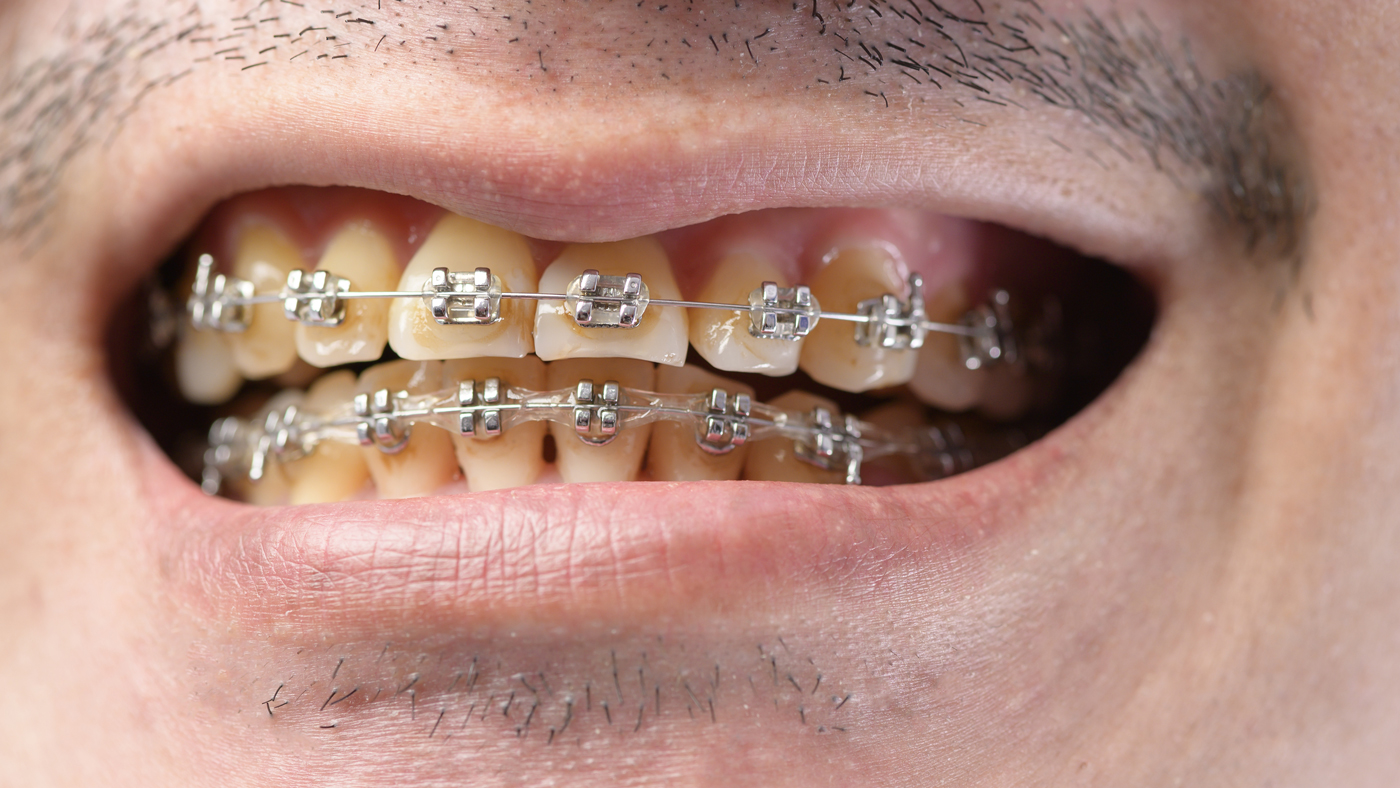Tooth Decay with Braces

What is Tooth Decay with Braces?
Tooth decay with braces is a condition where cavities form on the surface of the teeth due to bacteria buildup. Braces can make it harder to clean your teeth properly, which can lead to the accumulation of food particles and plaque. As a result, bacteria thrive in the mouth, leading to tooth decay.
Causes of Tooth Decay with Braces
There are several causes of tooth decay with braces, including:
Poor Oral Hygiene
Poor oral hygiene is the leading cause of tooth decay with braces. Braces make it harder to clean your teeth, making it easier for food particles and bacteria to accumulate on the surface of your teeth. Failing to brush and floss regularly can lead to tooth decay.
Sugary and Acidic Foods
Foods high in sugar and acid can erode the enamel of your teeth, making them more vulnerable to decay. Avoid sugary and acidic foods, such as soda, candy, and citrus fruits, to reduce your risk of tooth decay.
Dry Mouth
Dry mouth occurs when the mouth doesn’t produce enough saliva. Saliva helps wash away food particles and bacteria, so a lack of it can lead to tooth decay. Certain medications, such as those used to treat allergies, depression, and anxiety, can cause dry mouth.
Braces
Braces themselves can also cause tooth decay. The brackets and wires can trap food particles and make it harder to clean your teeth properly. In addition, braces can cause demineralization, which weakens the enamel of your teeth and increases your risk of decay.
Symptoms of Tooth Decay with Braces
The symptoms of tooth decay with braces are similar to those of regular tooth decay, including:
- Sensitivity to hot and cold temperatures
- Toothache or pain when biting down
- Visible holes or pits in the teeth
- Yellow or brown discoloration on the teeth
If you notice any of these symptoms, it’s essential to see your dentist as soon as possible.
Prevention of Tooth Decay with Braces
Prevention is the best way to avoid tooth decay with braces. Here are some tips to keep your teeth healthy during orthodontic treatment:
Brush and Floss Regularly
Brush and floss your teeth at least twice a day to remove food particles and bacteria from your mouth. Use a fluoride toothpaste to strengthen your teeth and prevent decay.
Avoid Sugary and Acidic Foods
Limit your consumption of sugary and acidic foods, as they can erode the enamel of your teeth and increase your risk of decay.
Drink Plenty of Water
Drinking water can help wash away food particles and bacteria in your mouth. It can also help prevent dry mouth, which can lead to tooth decay.
Use Mouthwash
Mouthwash can help kill bacteria and freshen your breath. Look for a mouthwash that contains fluoride to help strengthen your teeth.
Visit Your Dentist Regularly
Visit your dentist regularly for cleanings and checkups. Your dentist can identify any signs of tooth decay early on and provide treatment before it gets worse.
Treatment Options for Tooth Decay with Braces
If you develop tooth decay with braces, your dentist may recommend one or more of the following treatment options:
Dental Fillings
Dental fillings are the most common treatment for tooth decay. The dentist will remove the decayed part of the tooth and fill the cavity with a tooth-colored composite material. The procedure is quick and painless and can be done in a single visit to the dentist.
Dental Crowns
If the tooth decay is severe, a dental crown may be necessary. A crown is a cap that covers the entire tooth to protect it from further damage. The dentist will remove the decayed part of the tooth and reshape it to fit the crown. The crown is then cemented in place and will last for many years.
Root Canal Therapy
If the decay has reached the pulp of the tooth, a root canal may be necessary. During a root canal, the dentist will remove the infected pulp and clean the inside of the tooth. The tooth is then filled and sealed, and a crown may be placed to protect it from further damage.
FAQs about Tooth Decay with Braces
What is the main cause of tooth decay with braces?
Poor oral hygiene is the main cause of tooth decay with braces.
How can I prevent tooth decay with braces?
Brush and floss regularly, avoid sugary and acidic foods, drink plenty of water, use mouthwash, and visit your dentist regularly.
Can braces cause tooth decay?
Yes, braces can cause tooth decay if proper oral hygiene is not maintained.
What are the symptoms of tooth decay with braces?
The symptoms of tooth decay with braces include sensitivity to hot and cold temperatures, toothache, visible holes or pits in the teeth, and yellow or brown discoloration on the teeth.
What are the treatment options for tooth decay with braces?
The treatment options for tooth decay with braces include dental fillings, dental crowns, and root canal therapy.
Can I still get braces if I have tooth decay?
It depends on the severity of the decay. Your dentist may recommend treating the decay before starting orthodontic treatment.
Conclusion
Tooth decay with braces is a common problem, but it’s preventable with proper care and maintenance. At Access Dental Clinic, we provide quality orthodontic services including braces to ensure the perfect alignment of your teeth. Our team of experts is always ready to help you achieve a beautiful, healthy smile.
We encourage you to schedule an appointment with us and take advantage of our expertise in dental care. Remember, the key to a healthy smile is good oral hygiene. So take care of your teeth and braces, and let us help you enjoy the benefits of a beautiful, healthy smile.



